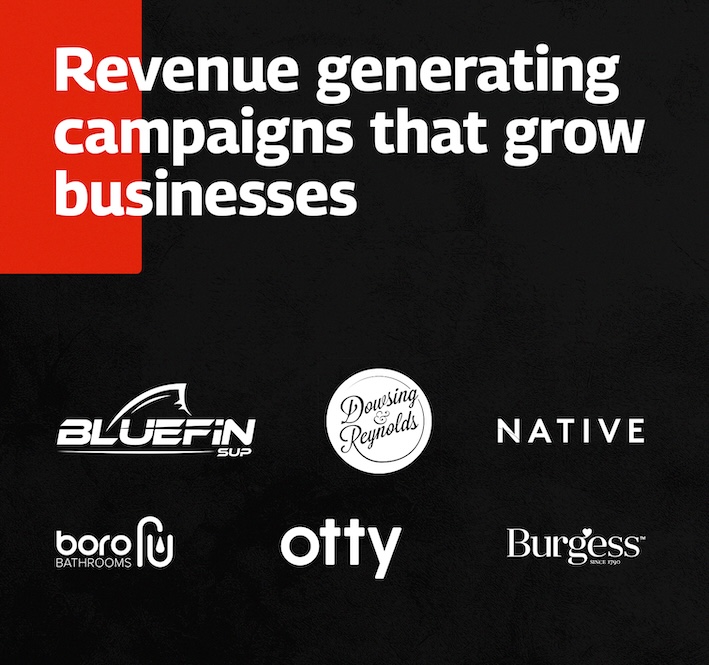TOTUM: More sign-ups, less spend
-
50%
increase in PPC conversion value

In a world where virtually everyone is on social media, businesses cannot afford to not invest in paid social media. Your ideal audience is likely on Facebook, Instagram, TikTok, Pinterest, LinkedIn etc, so you need to have ads on platforms that are going to increase sales, raise your brand awareness, improve your campaign metrics, and help you reach your digital marketing goals.
On this page, you’ll get to learn more about the wider social media strategy and get a bit more info about each platform. We’ll also touch on the infamous sales funnel, and how different types of ads and content on social marketing platforms can affect users’ purchase journeys.
At Embryo, we have an award-winning team (Best In-House Social Media Team of the Year at the UK Social Media Awards) who are renowned for growing brands’ social presence across digital channels. If this is something you’d like to leverage for your company then get in touch with us today at 0161 327 2635 or email us at info@embryo.com.
It’s time to work with an award-winning paid social media agency. Through targeted, nimble campaigns our paid social team can get you the results your brand deserves.
Increase in revenue
Increase in CTR
Increase in landing page views
Array
(
[section_id] =>
[margin_top] =>
[margin_bottom] =>
[padding_top] =>
[padding_bottom] =>
[enable_form_cta] => 1
[enable_image_full_height] =>
)
As mentioned, organic social media is when you simply post on a social media channel, whereas paid social media is where you pay to reach your audience.
There are different benefits to these arms of social media but we recommend using them in tandem.
It might be that both are required to drive results, e.g. a user might visit your organic profile after seeing your paid advert, and if it isn’t up to scratch they may be deterred from purchasing. In addition, it may be appropriate to blend a social network investment with an SEO (Search Engine Optimisation) strategy, this is so you can target audiences who are scrolling their favourite social platform after they’ve completed an initial Google search about something they’re interested in purchasing.




Array
(
[section_id] =>
[margin_top] =>
[margin_bottom] =>
[padding_top] =>
[padding_bottom] =>
[enable_form_cta] => 1
[enable_image_full_height] => 1
)
There is no ‘right time’ to start paid social media. However, there are a couple of things that you need to have in mind before launching ads:
Creative and the way that you portray yourself as a brand play a huge role in social media advertising. You will be spending money to put your brand in front of people, so you need to ensure that you have basic brand elements, such as logo and colours, alongside wider brand aspects, such as unique selling points and ethical statements, all set in stone.
Before you start to pull together a campaign strategy, it’s fundamental to have a firm graph on your customer journey. What’s your current main driver of conversions? How long is your conversion window? How many interactions with your website does it take on average before someone converts? What other channels are in the mix? With the answers to all of these, you can identify where your paid social ads can slot in or enhance your conversions during someone’s purchase journey, a period often called the Messy Middle.
Ask yourself, what do you want to get out of your social media ads? Your goals will determine not only your paid social strategy, but also your budget, creative, and targeting. You need to make sure that you know what you would class as a success from your ads.
If you have decided that your overarching goal is to drive a huge number of leads through your website, you need to ensure that you have the processes and team in place to handle that. Otherwise, you may hit your target and achieve 100 new leads, but you’re then unable to convert them. If you don’t have these in place, perhaps it isn’t the right time to run lead generation ads.
A lot of businesses will use ‘lead magnets’ to capture potential client/customer email addresses. This is a great strategy when combined with a refined email marketing strategy to truly engage them. Without this, you run the risk of either giving them a mediocre view of your business or just having a bank of potential customer details in your CRM that you’re doing nothing with.
You can send a significant amount of high quality traffic to your website, but if your website isn’t fully optimised to convert or handle that incoming traffic, you are going to struggle to hit your targets. Make sure that you have your website where it needs to be prior to launching paid ads.
If you start running paid social ads, you are putting your product offering on a stage to be viewed by thousands of people. You need to have done thorough competitor analysis and market research to ensure that your product offering is strong enough. The paid social advertising marketplace is an auction and you will be compared against your competitors.
Regardless of your objective, you can guarantee that paid social will increase your reach. In simple terms, your brand will be put in front of more people. With the social platforms’ extensive targeting capabilities, you can choose exactly who you want your ad to be shown to, using their interests, behaviours and demographics. This gives you the opportunity to get in front of your potential customers in a way that you are not able to with organic social alone.
What you need to consider is that your audience on these digital platforms are not necessarily in the market for your product. In comparison to search-based marketing, this gives you the opportunity to reach potential customers before they even consider making a purchase. A user may not know that they want a new dress until they see your ad showing a really nice dress. Here you can kick off the customer journey, rather than just being a part of it. This element alone allows you to build up a new customer base unlike any other platform.
One of the main drivers of a successful paid social advertising campaign is significant A/B testing. It is fundamental to test creative, copy, targeting, ad formats, landing pages, and CTA buttons, to find the combination that resonates the most with your audience. The results from these tests will usually surprise advertisers.
The results from A/B testing not only allow you to achieve better results but can show you a lot about your target audience. For example, you may find that although you thought your main target audience was women aged 25-35, it is actually slightly older, and they tend to engage more with lifestyle content than sales-focused. Using A/B tests is a great way to remove your assumptions about your target audience and build accurate data that you can then base your marketing decisions on.
Top of Funnel (TOF) campaigns can be built with the following objectives:
The purpose of these campaigns is to purely make a new audience aware of your brand. The more measurable objectives, the better. However, it is important to ensure that you aren’t measuring the success of these campaigns on conversions, as that isn’t the goal.
The objective of your middle of the funnel can vary massively depending on your business, however, the main purpose is to re-engage your new audiences and encourage them to take a conversion action. This can include audiences such as:
Here you want to be showcasing your brand and your product offering to promote conversions.
The Bottom of Funnel (BOF) / conversion campaigns have the highest user intent. These campaigns target existing customers or potential new customers who have engaged significantly with you and your website.
Audiences can include:
As these users have the highest intent, you are most likely to see conversions here.

By making use of new technologies within Pinterest, and launching campaign types that covered the full funnel journey with engaging creative to hook the user, we saw the following results within the first month of the launch of the Performance+ campaign.
Grow your brand and achieve your paid social goals by working with Embryo. Our team of experts are ready to support you in taking your social media game to the next level.

Honestly, the whole team are on the ball 24/7. I have never received this level of service from a marketing agency and I am full of confidence because of it. We've had some phenomenal results so far. Thank you so much.
increase in PPC conversion value
viewings booked through PPC
A best in class website to demonstrate expertise and build trust
increase in accepted cases